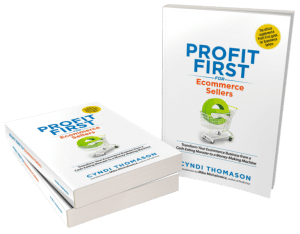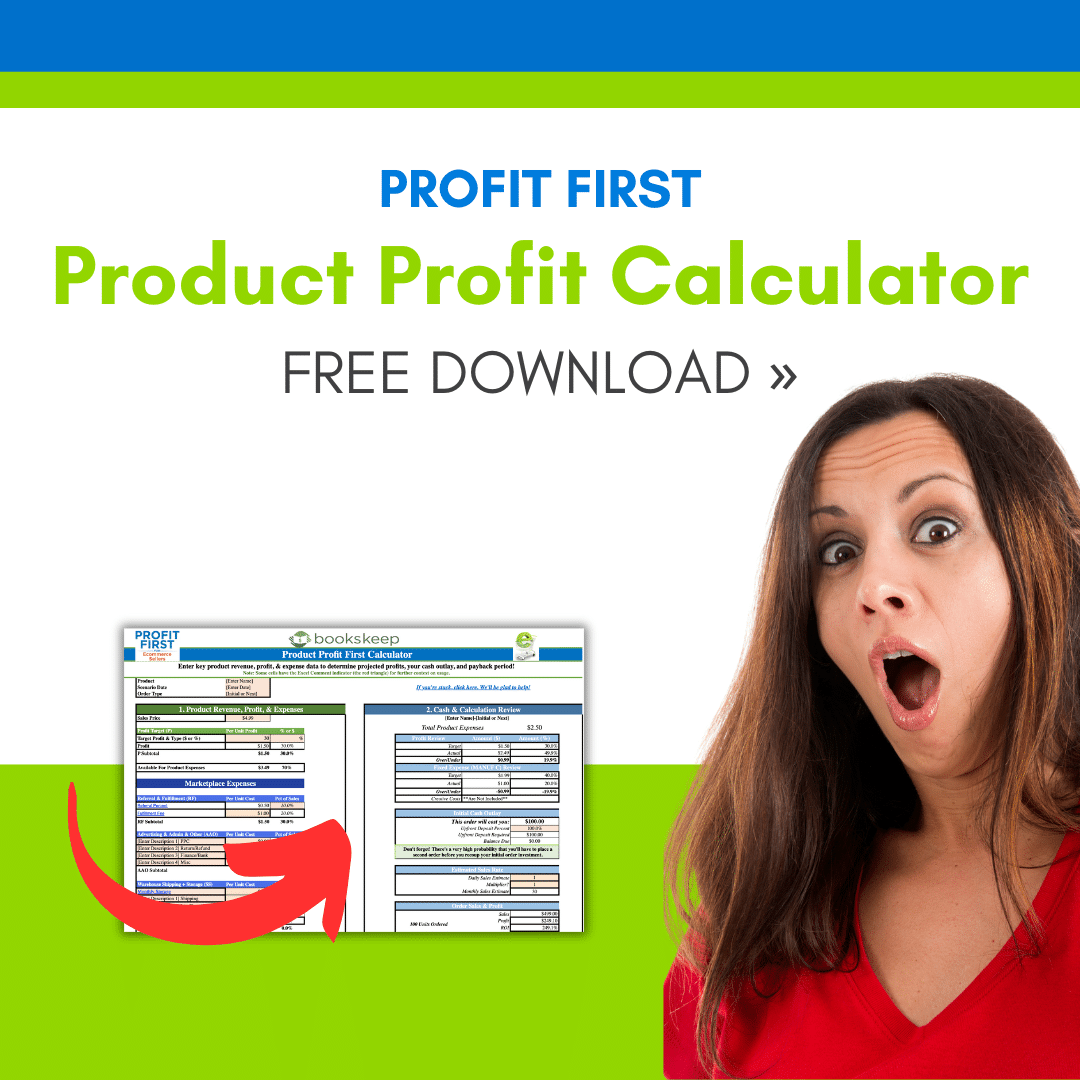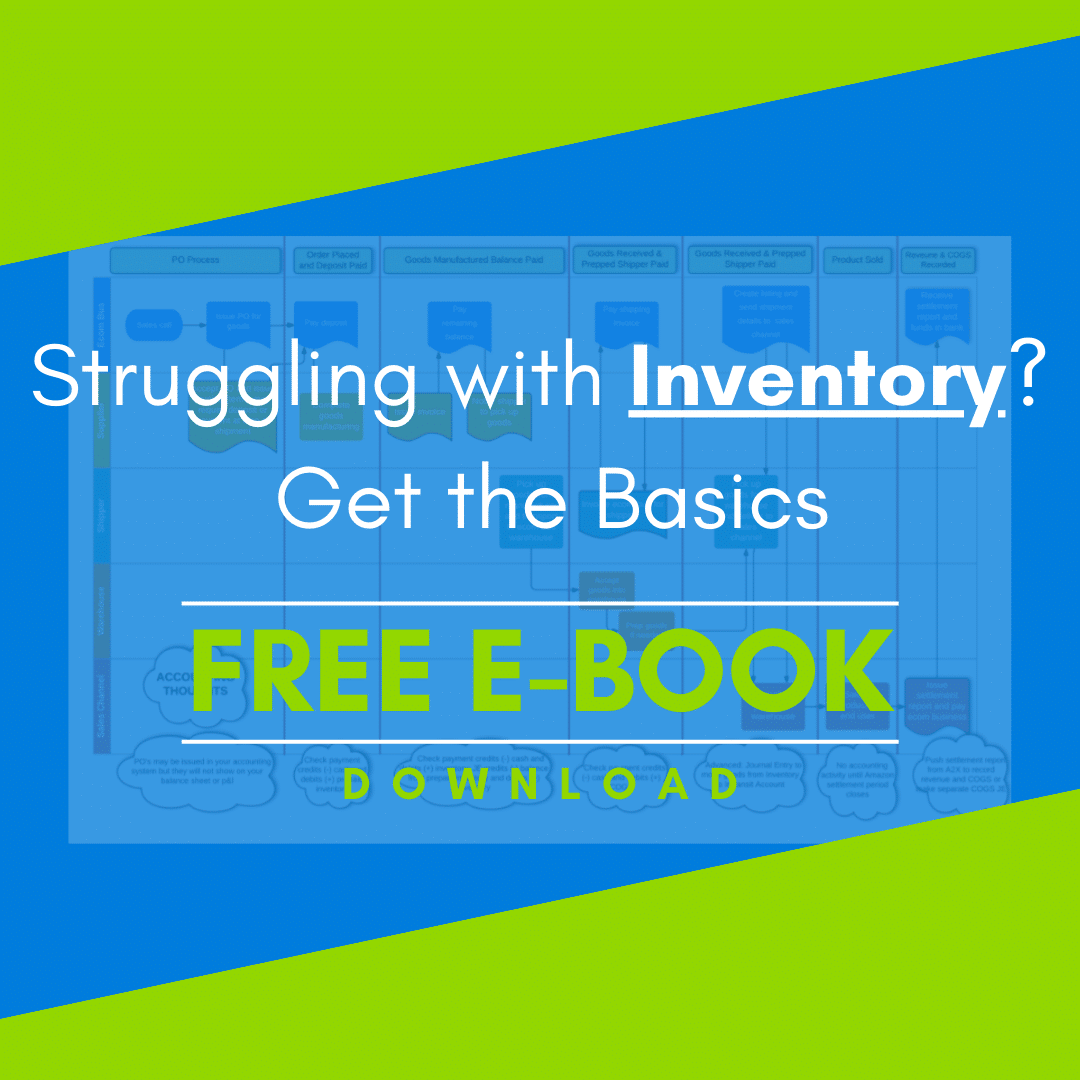
We’re now officially in the back half of the year! Do you know how profitable you are? If you have not done an inventory true up yet this year, I challenge you to take that step now before you get into Q4 crazy days. If you have been booking COGS all year, without looking at your inventory account, you may be missing activity that can change your bottom line. One client told me that he never looked at inventory until early January and when he did, he had to book a $80,000 write-off of inventory. This one adjustment took him from a profitable year to a loss. Take the time now to understand what is going on with Inventory so you can adjust and make the most from sales for the rest of the year.
What is a True Up?
Even if you perform monthly journal entries based on the cost of units sold, occasional inventory discrepancies can still occur. These discrepancies can arise due to various reasons, such as damaged, stolen, or lost inventory that needs to be written off. Additionally, expired items may be donated. Regardless of the circumstances, it’s important to periodically assess the actual value of your on-hand inventory. Conducting a physical count of your warehouse and downloading the count from Amazon can be a helpful exercise.
To reconcile your inventory, apply unit costs to each SKU based on the physical count. The sum of these values should match the value of your Inventory Account on the Balance Sheet. Timing is crucial, so conducting the count just after recording your COGS entry is ideal. If you discover a discrepancy, you’ll need to make a true-up entry to adjust your Inventory Account and align the physical count with your books. The offsetting entry can be recorded in a separate COGS account specifically designated for true-ups, such as “Inventory Adjustment.”
Prepaid Items and Items In-Transit
When you calculate your true-up entry, if you find that you are off quite a bit, you should look at two areas: prepaid items and items in transit. These are areas where you have dollars hitting your books, but the items may not be in your possession to count in your physical inventory.
An example of a prepaid item is where you have paid a down payment to your manufacturer. In this situation the money has left your business, you have paid for them partially but there is nothing to count. An example of in-transit would be for items for which you have paid the entire balance and the products are on a ship for 60 days, or where you sent them to Amazon at the end of the month, but they have not been accepted in at the time of your month-end inventory/Cost of Goods Sold entry.
If your direct costs do not appear to make sense comparing them month by month with your sales, many times these issues can be at play. By doing the true ups, they work themselves out typically in a quarter, but if you want to get more sophisticated in your accounting you can create additional asset accounts on your balance sheet to hold these costs until the products are in your possession and the counts will match.
As you can see, Inventory has lots of wrinkles that can impact your bottom line. I know you’re working on your business so that it supports you and not the other way around. This is one place you can spend a little time to ensure your inventory dollars are making you the most money possible.
Download your copy of our newest ebook, Inventory Basics—What Every Ecommerce Seller Needs to Know. This quick guide brings it all together so you can manage your inventory with skill and accuracy, and most of all, profitability!
Interested in Profit First?

You can also sign up for the Profit First for Ecommerce Sellers Online Course. As a Mastery Level, Certified Profit First Professional, I will teach you why Profit First works so well for ecommerce businesses and the particular challenges for businesses that have physical products requiring inventory management. You will learn how your behavior drives your money management habits for your business and how you can set up your business bank accounts to work with your habits.
Check out all our ecommerce accounting and profit advising services here!
—————————




Leave a Comment